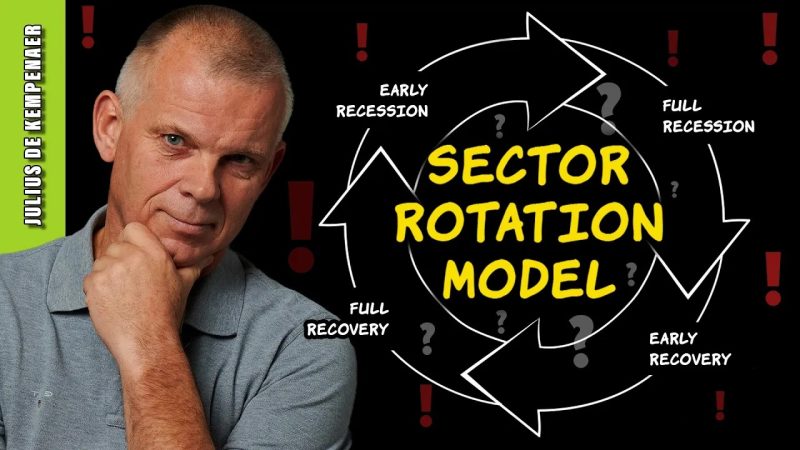Sector Rotation Model Flashes WARNING Signals
The sector rotation model, also known as sector rotation strategy, is a popular investment approach that involves shifting investments among various sectors based on macroeconomic trends and relative sector performance. By identifying sectors that are expected to outperform or underperform the broader market, investors aim to maximize returns while minimizing risk. However, like any investment strategy, the sector rotation model is not foolproof, and there are times when it may give off warning signals that should not be ignored.
One common warning signal in the sector rotation model is when a sector shows signs of losing momentum or underperforming for an extended period. This could be due to changing market dynamics, shifts in investor sentiment, or broader economic factors that are not favorable for that particular sector. When a sector consistently lags behind the market or its peers, it may be time to reconsider its weighting in the portfolio or even exit the position altogether.
Another warning signal to watch out for in the sector rotation model is sector correlations. Ideally, sector rotations should involve moving investments into sectors that have low correlations with each other to achieve proper diversification. However, if sectors start moving in tandem, it could signal a lack of diversification and increased risk in the portfolio. This could be a result of broader market trends or systematic factors that impact all sectors simultaneously.
Additionally, sudden changes in sector leadership could indicate a shift in market dynamics that may not bode well for the sector rotation model. For example, if a previously strong sector starts to underperform while a previously weak sector begins to outperform, it may be a sign that the original sector rotation strategy is no longer working effectively. This could be due to structural changes in the market, unexpected events, or changes in investor behavior that are not captured by the model.
Moreover, external factors such as geopolitical events, economic indicators, or changes in monetary policy can also trigger warning signals in the sector rotation model. For example, a sudden interest rate hike by the central bank could disproportionately impact certain sectors, leading to unexpected shifts in relative performance. Similarly, geopolitical tensions or trade disputes can create uncertainty that affects specific sectors more than others, requiring investors to adjust their sector allocation accordingly.
In conclusion, while the sector rotation model can be a valuable tool for navigating the market and optimizing portfolio returns, it is important to remain vigilant for warning signals that indicate when the model may be losing its effectiveness. By monitoring sector performance, correlations, leadership changes, and external factors, investors can adapt their sector rotation strategy to stay ahead of market trends and mitigate potential risks. Ultimately, a flexible and adaptive approach to sector rotation is key to navigating the ever-changing investment landscape successfully.

